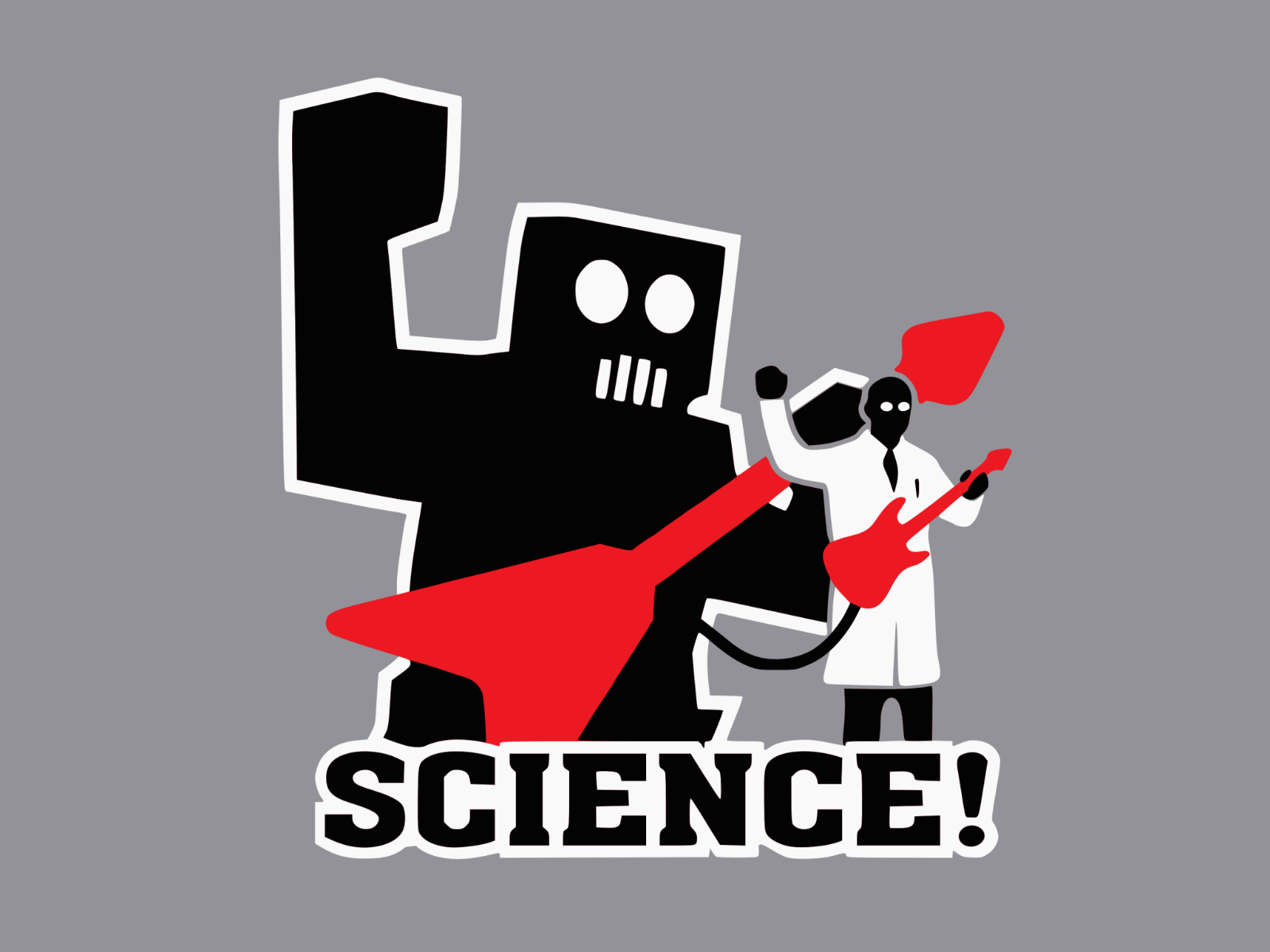
At all three assessment waves (ages 11, 14, and 17 y), the CSU asked participants whether they ever drank alcohol without parental permission. Other substance involvement.īinge drinking was assessed in the MTFS by combining information from a CSU survey and the CIDI-SAM. Additionally, we determined whether participants had ever used marijuana daily over a period of 6–12 mo by the fifth wave of assessment in the RFAB (ages 19–20 y) and by the second follow-up in the MTFS (ages 17–19 y). Frequent marijuana use was assessed as a binary measure representing whether or not participants used marijuana 30 or more times. Participants were classified as having ever used marijuana if they endorsed use on any occasion. Our comprehensive, multimethod approach to ascertaining marijuana use is described in more detail in Measurement of Marijuana Use in the Minnesota Twin Family Study. In the MTFS, participants were assessed using a semistructured interview format as well as a self-report computerized substance use (CSU) survey. These questions were completed in-laboratory or at the participant’s home (via mailed or online questionnaires).

In the most recent (fifth) wave, participants were also asked “Have you ever smoked marijuana every day for at least 6 months?” and “Have you smoked marijuana at least 30 times in your entire life?”. In the RFAB, self-reported marijuana use was assessed using a substance use survey which asked “Have you ever tried marijuana?” at each wave of assessment. The Matrix Reasoning subtest is a measure of abstract problem solving and spatial reasoning that involves selecting the best option to fill an incomplete matrix of abstract patterns. The Block Design subtest is a timed test that measures abstract visuospatial processing and problem solving by requiring participants to arrange blocks with different color patterns to match a prespecified design. The Similarities subtest is a test of abstract verbal reasoning, where participants must determine how a set of two words are similar (e.g., “In what way are a pen and pencil alike”). The Vocabulary subtest is a measure of learning and comprehension of verbal knowledge, where participants are asked to define words. These same tests from the WASI were administered again at the most recent visit (ages 19–20 y). In the RFAB, the four subtests of the Wechsler Abbreviated Scale of Intelligence (WASI) ( 33)-Vocabulary, Similarities, Block Design, and Matrix Reasoning-were administered at the initial visit (ages 9–10 y). Evidence from these two samples suggests that observed declines in measured IQ may not be a direct result of marijuana exposure but rather attributable to familial factors that underlie both marijuana initiation and low intellectual attainment. Furthermore, marijuana-using twins failed to show significantly greater IQ decline relative to their abstinent siblings. However, there was no evidence of a dose–response relationship between frequency of use and intelligence quotient (IQ) change. Marijuana users had lower test scores relative to nonusers and showed a significant decline in crystallized intelligence between preadolescence and late adolescence. Marijuana use was self-reported at the time of each cognitive assessment as well as during the intervening period. Standardized measures of intelligence were administered at ages 9–12 y, before marijuana involvement, and again at ages 17–20 y. We used a quasiexperimental approach to adjust for participants’ family background characteristics and genetic propensities, helping us to assess the causal nature of any potential associations. The purpose of the present study was to examine the associations of marijuana use with changes in intellectual performance in two longitudinal studies of adolescent twins ( n = 789 and n = 2,277).

Nonetheless, research on this topic is scarce and often shows conflicting results, with some studies showing detrimental effects of marijuana use on cognitive functioning and others showing no significant long-term effects. Marijuana is one of the most commonly used drugs in the United States, and use during adolescence-when the brain is still developing-has been proposed as a cause of poorer neurocognitive outcome.


 0 kommentar(er)
0 kommentar(er)
